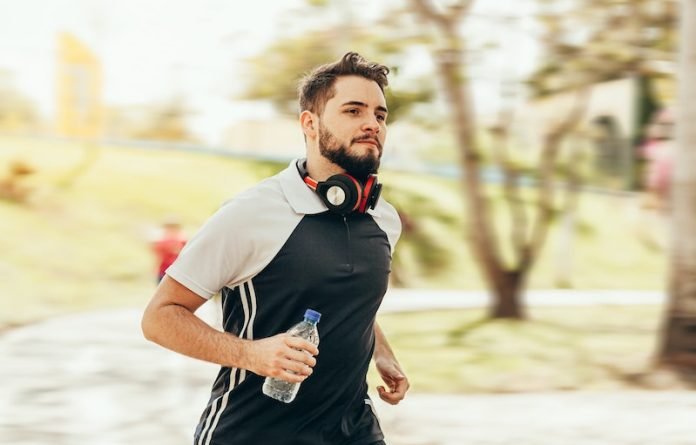
In a study from the University of Sydney, scientists found that two-minute bursts of vigorous activity totaling 15 minutes a week are associated with a reduced risk of death.
The results indicate that accumulating vigorous activity in short bouts across the week can help us live longer.
A second study from the University of Leicester and the University of Cambridge found that for a given amount of physical activity, increasing the intensity was associated with a reduced likelihood of cardiovascular disease.
The study showed that it’s not just the amount of activity, but also the intensity, that is important for heart health.
Both studies used data from adults aged 40 to 69 years from the UK Biobank. Participants wore an activity tracker on their wrists for seven consecutive days.
The first study enrolled 71,893 adults without cardiovascular disease or cancer. The team measured the total amount of weekly vigorous activity and the frequency of bouts lasting two minutes or less.
Participants were followed for an average of 6.9 years.
The team analyzed the associations of volume and frequency of vigorous activity with death (all-cause, cardiovascular disease and cancer) and incidence of heart disease and cancer after excluding events occurring in the first year.
They found the risk of all five adverse outcomes reduced as the volume and frequency of vigorous activity increased, with benefits seen even with small amounts.
Compared with just two minutes of vigorous activity per week, 15 minutes was associated with an 18% lower risk of death and a 15% lower likelihood of cardiovascular disease, while 12 minutes was associated with a 17% reduced risk of cancer.
Further gains were observed with greater amounts of vigorous activity.
Regarding frequency, accumulating short bouts (up to two minutes) of vigorous activity on average four times a day was associated with a 27% lower risk of death.
The second study included 88,412 adults free of cardiovascular disease. The average age was 62 years and 58% were women.
The researchers found that both higher amounts and greater intensity were associated with lower rates of incident cardiovascular disease.
Increasing the intensity led to greater reductions in heart disease for the same volume of exercise.
The results suggest that increasing the total volume of physical activity is not the only way to reduce the likelihood of developing heart disease.
Raising the intensity was also particularly important while increasing both was optimal. This indicates that boosting the intensity of activities you already do is good for heart health.
If you care about wellness, please read studies that fatigue feelings may predict death risk, and this dieting method could help increase longevity.
For more information about health, please see recent studies about vitamin D deficiency linked to severe COVID-19 and death, and results showing new way to increase the longevity of cancer survivors.
The studies were conducted by Dr. Matthew N. Ahmadi et al and published in European Heart Journal.
Copyright © 2022 Knowridge Science Report. All rights reserved.



